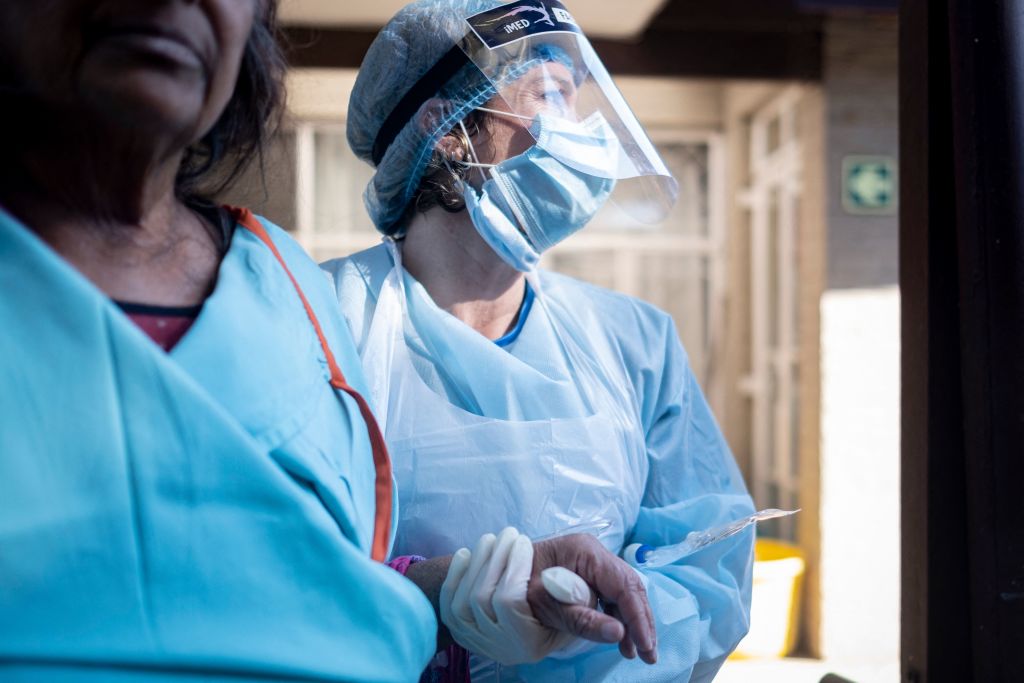ADF STAFF
South Africa’s National Institute for Communicable Diseases (NICD) is analyzing samples from eight COVID-19 patients that show new mutations of the omicron strain.
The institute analyzed the samples alongside others from across the globe, University of the Witwatersrand professor Anna von Gottberg said. The mutations were identified in samples collected up to July 22.
“For now, these sequences are not from very recent specimens and the numbers are very small, so it is difficult to predict what will happen going forward,” von Gottberg told the South African newspaper Daily Maverick.
The institute will work to determine whether similar mutations are detected in new samples, von Gottberg added.Strains differ mostly in mutations of the virus’s spike protein, which allows it to invade host cells and cause infection.
COVID-19’s constant evolution is keeping scientists busy. The World Health Organization (WHO) in late July said it was monitoring five emerging BA.2 variants. The new viruses will be classified as omicron until enough evidence shows that the virus is substantially different, the WHO said.
In early August, the WHO monitored omicron subvariant BA.2.75, which spread to more than a dozen countries after it was detected in India.
BA.2.75 has multiple mutations within the virus’s spike protein, Dr. Matthew Binnicker, a microbiologist at the Mayo Clinic, wrote in early August. Experts worry that BA.2.75 might be able to spread faster than previous strains and evade immunity.
“No solid data suggest that [BA.2.75] causes more severe disease, but it’s important to point out that as more people are infected, even with a less virulent strain, the chances that the virus will infect someone who is more susceptible to severe infection increases,” Binnicker wrote on the Mayo Clinic News Network. “Those who are immunocompromised could still end up with severe disease and be hospitalized.”
On Twitter, Binnicker wrote that BA.2.75 could make “immune escape worse” than the highly transmissible BA.5 strain, which fueled a surge of global infections in June and July. Immune escape occurs when a person’s immune system cannot recognize and eliminate a virus or other pathogen.
Binnicker urged people to continue practicing COVID-19 prevention measures, including hand-washing, wearing masks and avoiding large crowds.
Although omicron has spawned a constellation of variants, BA.5 still was the most prevalent strain globally in early August.
“The omicron subvariant BA.5 is the worst version of the virus that we’ve seen,” Dr. Eric Topol, founder and director of the Scripps Research Translational Institute, wrote on his website. “It takes immune escape, already extensive, to the next level, and, as a function of that, enhanced transmissibility, well beyond omicron (BA.1) and other omicron family variants that we’ve seen.”

